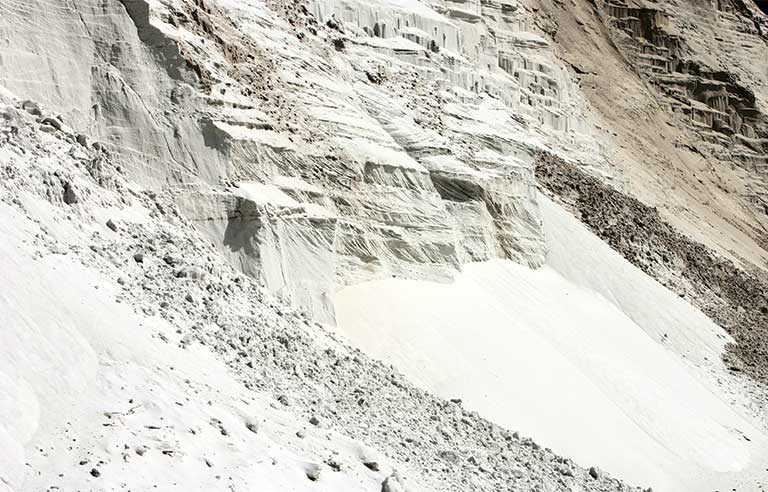In response to calls for more stringent silica regulation, MSHA issues Request for Information on quartz exposure

Washington — Amid a push from labor unions seeking stricter regulation of respirable silica dust, the Mine Safety and Health Administration is asking for input on ways to monitor and regulate miner exposure to quartz – the most common form of respirable crystalline silica.
According to a Request for Information published in the Aug. 29 Federal Register, MSHA is interested in feedback regarding permissible exposure limits, possible new or emerging protective technologies, and/or technical and educational assistance.
“MSHA is aware that there may be conditions where existing engineering or environmental controls may not be adequate to continuously protect miners’ health in areas where there are high levels of quartz dust,” the agency states in the RFI.
OSHA estimates that 2.3 million workers are exposed to silica dust annually. A carcinogen found in stand, stone and artificial stone, crystalline silica can cause conditions such as silicosis – a chronic disease that involves scarring of the lungs – and chronic obstructive pulmonary disease.
Additionally, extensive research within the past five years has linked silica dust exposure to a spike in cases of coal workers’ pneumoconiosis, a deadly but preventable condition commonly known as black lung. One study, released in May 2018 by the University of Illinois at Chicago, reported that more than 4,600 coal miners have developed the most severe form of black lung disease since 1970. Nearly half the cases were found after 2000.
In a letter dated June 19 and sent to MSHA leader David Zatezalo, union presidents Cecil Roberts of the United Mine Workers of America and Leo Gerard of United Steelworkers said the agency’s silica standards are “in desperate need of revision.”
MSHA’s PEL for silica – most recently updated in 1985 – is 100 micrograms per cubic meter of air averaged during an 8-hour shift, which is double OSHA’s current PEL.
“The Department of Labor is committed to having the information to make important decisions in order to best protect America’s miners,” acting Secretary of Labor Patrick Pizzella said in an Aug. 28 press release.
Speaking to Bloomberg Environment in an Aug. 28 report, UMWA spokesperson Phil Smith calls the RFI “unconscionable.”
“We’re seeing the worst levels of pneumoconiosis,” Smith said. “These miners are dying, we don’t need to study the fact they are dying.”
Comments on the RFI are due Oct. 28.
Post a comment to this article
Safety+Health welcomes comments that promote respectful dialogue. Please stay on topic. Comments that contain personal attacks, profanity or abusive language – or those aggressively promoting products or services – will be removed. We reserve the right to determine which comments violate our comment policy. (Anonymous comments are welcome; merely skip the “name” field in the comment box. An email address is required but will not be included with your comment.)

